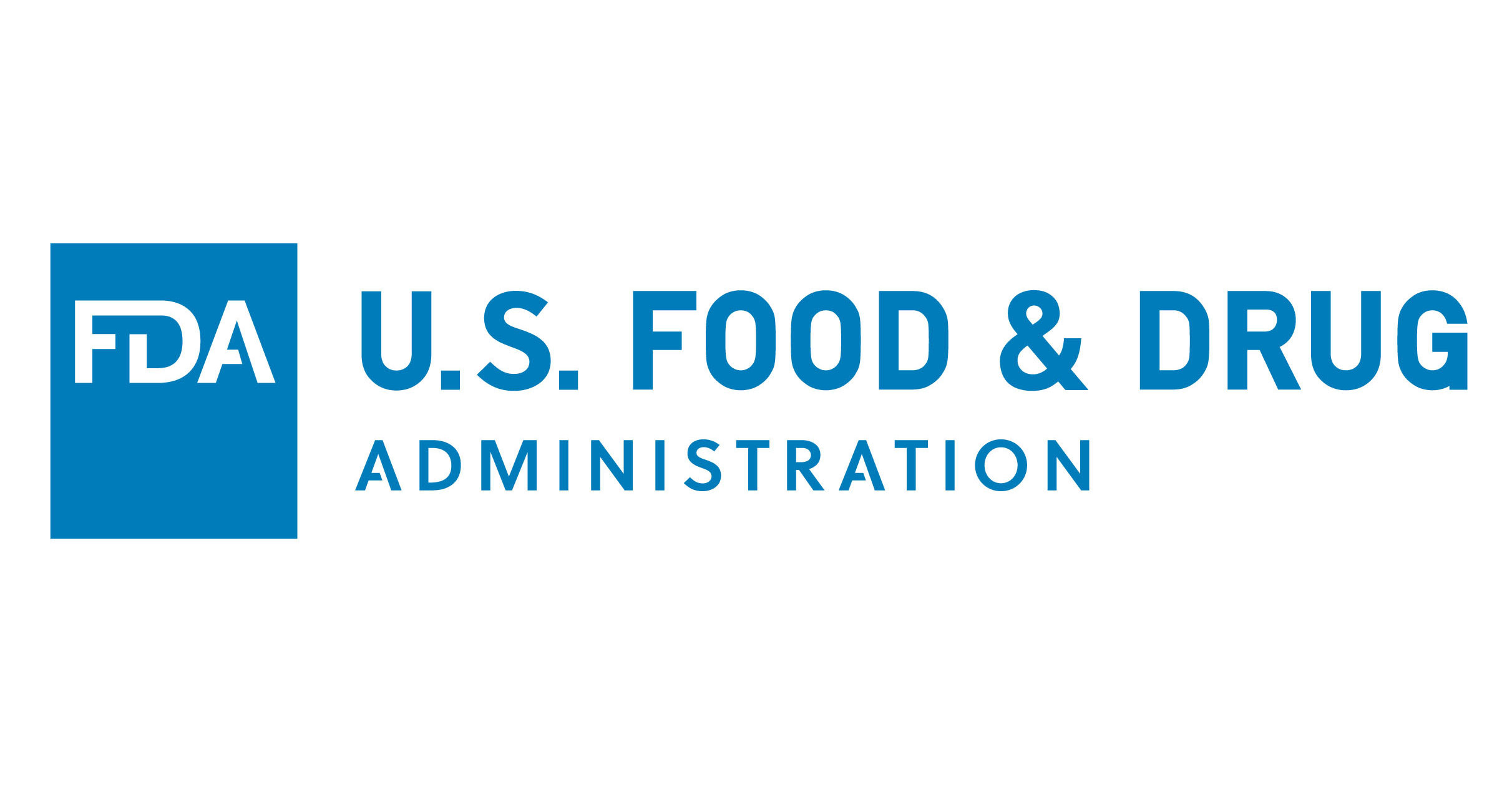SILVER SPRING, Md., May 19, 2023 /PRNewswire/ — Today, the U.S. Food and Drug Administration approved Vyjuvek, a herpes-simplex virus type 1 (HSV-1) vector-based gene therapy, for the treatment of wounds in patients 6 months of age and older with dystrophic epidermolysis bullosa (DEB) with mutation(s) in the collagen type VII alpha 1 chain (COL7A1) gene.
“Vyjuvek is the first FDA-approved gene therapy treatment for DEB, a rare and serious genetic skin disorder,” said Peter Marks, M.D., Ph.D., director of the FDA’s Center for Biologics Evaluation and Research. “Today’s action demonstrates the FDA’s ongoing commitment to supporting the development and evaluation of new treatments that address unmet needs for rare diseases or conditions.”
DEB is a genetic disorder that affects the connective tissue in the skin and nails and results from mutation(s) in the COL7A1 gene. This gene encodes type VII collagen (COL7), which is an essential protein that helps strengthen and stabilize the outer and middle layers of the skin. When COL7A1 is deficient, skin layers can separate, causing painful and debilitating blisters and wounds. DEB usually presents itself at birth and is divided into two major types depending on the inheritance pattern: recessive dystrophic epidermolysis bullosa (RDEB) and dominant dystrophic epidermolysis bullosa (DDEB).
Symptoms can vary widely among affected people. Individuals with DDEB typically have mild cases with blistering primarily affecting the hands, feet, knees, and elbows. RDEB cases can be painful and debilitating, often involving widespread blistering that can lead to vision loss, disfigurement, and other serious medical complications, which could be fatal.
Vyjuvek is a genetically modified (engineered in a laboratory) herpes-simplex virus used to deliver normal copies of the COL7A1 gene to the wounds. COL7 molecules arrange themselves into long, thin bundles that form anchoring fibrils that hold the epidermis (skin) and dermis together, which is essential for maintaining the integrity of the skin. Vyjuvek has also been modified to eliminate its ability to replicate in normal cells. Vyjuvek is mixed into an excipient (non-active ingredient) gel prior to topical application. A healthcare professional evenly applies Vyjuvek gel in droplets to a patient’s wounds once a week.
The safety and effectiveness of Vyjuvek was established primarily in a randomized, double-blinded, placebo-controlled study involving a total of 31 subjects with DEB, including 30 subjects with RDEB and one subject with DDEB. In the study, two DEB wounds of comparable size on each patient were identified and randomized to receive either topical administration of Vyjuvek or the placebo on a weekly basis. The age of the subjects ranged from 1 year to 44 years (mean age 17 years). Efficacy was established by improved wound healing, defined as the difference in the proportion of confirmed complete (100%) wound closure between the Vyjuvek-treated and the placebo-treated wounds at 24 weeks. Sixty-five percent of the Vyjuvek-treated wounds completely closed while only 26% of the placebo-treated wound completely closed.
In addition, in a different clinical study, two young patients with RDEB (6 and 7 months of age, respectively) received topical Vyjuvek weekly without any new safety findings.
The most common adverse reactions associated with Vyjuvek included itching, chills, redness, rash, cough and runny nose.
Patients or caregivers should take the following precautions during treatment with Vyjuvek:
- Avoid direct contact with treated wounds (e.g., touching and scratching) and dressings of treated wounds for approximately 24 hours following Vyjuvek application. In the event of accidental exposure, patients and exposed individuals should clean the affected area.
- Wash hands and wear protective gloves when changing wound dressings.
- Disinfect bandages from the first dressing change following Vyjuvek treatment with a virucidal agent, such as 70% isopropyl alcohol, 6% hydrogen peroxide, or <0.4% ammonium chloride, and dispose of the disinfected bandages in a separate sealed plastic bag in household waste. Dispose of the subsequent used dressings and cleaning materials into a sealed plastic bag and dispose in household waste.
This application received Orphan Drug and Fast Track designations. Vyjuvek also received Regenerative Medicine Advanced Therapy and Priority Review designations and a Rare Pediatric Disease Priority Review Voucher. The FDA’s rare pediatric disease priority review voucher program is intended to encourage development of new drugs and biologics to prevent and/or treat rare diseases in children.
The approval of Vyjuvek was granted to Krystal Biotech, Inc.
Media Contact: Carly Kempler, 240-672-8872
Consumer Inquiries: Email, 888-INFO-FDA
The FDA, an agency within the U.S. Department of Health and Human Services, protects the public health by assuring the safety, effectiveness, and security of human and veterinary drugs, vaccines and other biological products for human use, and medical devices. The agency also is responsible for the safety and security of our nation’s food supply, cosmetics, dietary supplements, products that give off electronic radiation, and for regulating tobacco products.
SOURCE U.S. Food and Drug Administration


